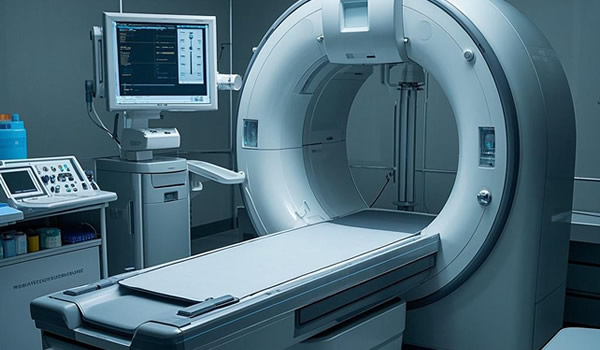Heart disease remains the leading cause of death in Asia, driven by rising rates of hypertension, diabetes, obesity, and sedentary lifestyles. Modern cardiology offers several interventional treatments, including angioplasty with stent placement and coronary artery bypass grafting (CABG). This article provides a detailed overview of heart disease interventions in Asia, comparing stents and bypass surgery, highlighting regional differences, and exploring the future of cardiovascular care.

Heart Disease: A Growing Crisis in Asia
- Global statistics: Cardiovascular diseases cause nearly 18 million deaths annually worldwide.
- Asia’s burden: Over half of these deaths occur in Asia, with China and India leading.
- Risk factors: Hypertension, diabetes, smoking, high-salt diets, and rising obesity.
- Early onset: Heart disease often affects Asian populations at younger ages compared to Western countries.
Coronary Artery Disease: The Primary Target
- Caused by atherosclerosis, narrowing of coronary arteries reduces blood supply to the heart.
- Symptoms include chest pain (angina), shortness of breath, and fatigue.
- Severe cases lead to heart attacks (myocardial infarctions).
Stent Surgery (Angioplasty with Stent Placement)
Procedure
- A catheter is inserted into a blocked artery.
- A balloon is inflated to widen the artery.
- A stent (mesh tube) is placed to keep the artery open.
Benefits
- Minimally invasive, shorter recovery time.
- Immediate symptom relief (chest pain reduction).
- Widely available in most Asian cardiology centers.
Risks
- Restenosis (re-narrowing of the artery).
- Blood clot formation (thrombosis) requiring long-term medication.
- Not suitable for all patients, especially with multiple blockages.
Stent Use in Asia
- Drug-eluting stents (DES): Preferred due to lower restenosis risk.
- Rapid growth of local stent manufacturers in India and China making treatments more affordable.
- Widespread adoption due to lower upfront cost compared to surgery.

Coronary Artery Bypass Grafting (CABG)
Procedure
- A surgeon creates a new pathway around blocked arteries using blood vessels from the chest, arm, or leg.
Benefits
- Best for patients with multiple or complex blockages.
- Longer-lasting results compared to stents.
- Lower risk of repeat interventions.
Risks
- Major surgery with longer hospital stay.
- Risks include infection, stroke, and arrhythmia.
- Requires advanced hospital infrastructure.
CABG in Asia
- India: Leading hub for affordable CABG, attracting international medical tourists.
- Japan & South Korea: Advanced surgical outcomes, low mortality rates.
- China: Expanding cardiac surgery centers, but rural access remains limited.
Stent vs Bypass: Comparative Analysis
| Feature | Stent (PCI) | Bypass Surgery (CABG) |
|---|---|---|
| Invasiveness | Minimally invasive | Major open-heart surgery |
| Recovery Time | Days | Weeks |
| Cost | Lower upfront | Higher upfront, long-term value |
| Suitability | Single/mild blockages | Multiple/complex blockages |
| Durability | Risk of restenosis | Longer-lasting results |
Lifestyle and Medical Management Post-Intervention
- Medication Antiplatelets (aspirin, clopidogrel) to prevent clotting. Statins to lower cholesterol. Blood pressure and diabetes control drugs.
- Lifestyle Changes Heart-healthy diet (low salt, more vegetables, omega-3). Regular physical activity. Smoking cessation.
- Cardiac Rehabilitation Supervised exercise programs. Stress management techniques. Counseling and patient education.
Regional Insights
- China: Rapid rise in PCI procedures; urban-rural gap in access.
- India: Cost-effective CABG; international patients seeking treatment.
- Japan: Advanced stent technologies, high surgical success rates.
- Singapore & South Korea: Medical tourism hubs for complex cardiac surgeries.
- Southeast Asia: Growing burden but limited advanced cardiac care infrastructure.

Future of Heart Disease Interventions in Asia
- Bioabsorbable stents: Dissolve over time, reducing long-term complications.
- Robotic-assisted cardiac surgery: Minimally invasive CABG options.
- AI in cardiology: Predictive models for early heart disease detection.
- Telecardiology: Remote monitoring for rural populations.
Conclusion
Heart disease interventions in Asia are advancing rapidly, with stent surgery offering quick relief and bypass surgery providing long-term benefits. The choice depends on the severity of blockages, patient condition, and healthcare infrastructure.
The future of cardiac care in Asia will depend on making these interventions affordable, accessible, and integrated with preventive strategies such as lifestyle modification and early screening. By combining cutting-edge medicine with strong public health measures, Asia can reduce the growing burden of heart disease.
heart disease treatment Asia, stent surgery Asia, coronary bypass surgery, angioplasty vs bypass, cardiac interventions